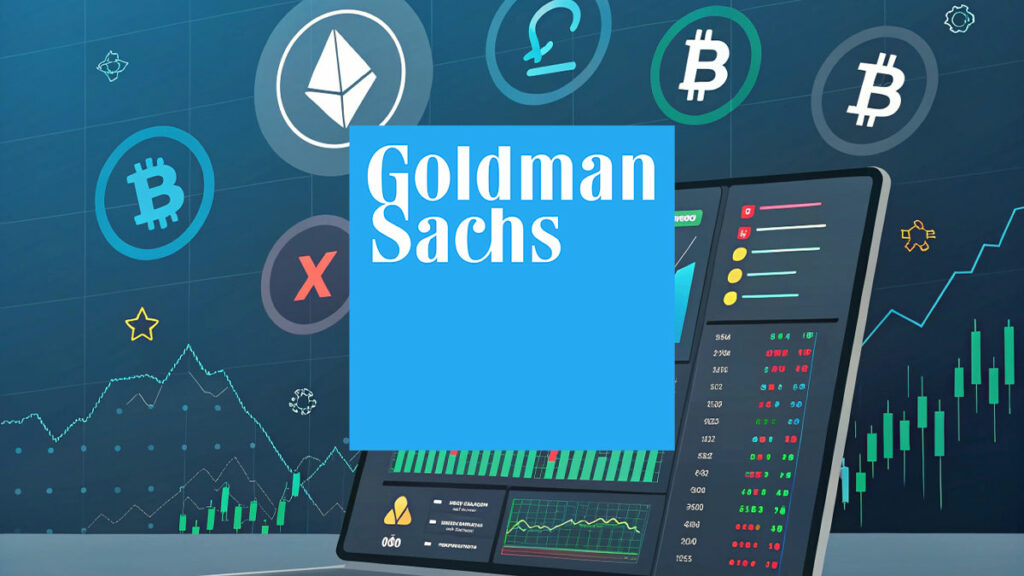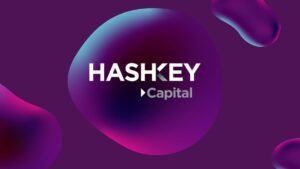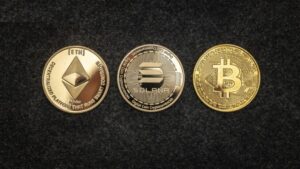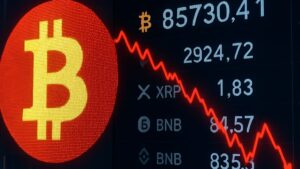TL;DR
- Goldman Sachs is expanding its digital asset strategy, introducing advanced crypto trading, lending, and collateral liquidity services.
- The bank’s initiative leverages rising institutional interest to bridge traditional finance with innovative digital asset services.
- A key part of the strategy is pioneering the tokenization of real-world assets, aiming to enhance liquidity and diversify revenue streams.
Goldman Sachs is shaking up the financial landscape by expanding its digital asset trading and tokenization efforts. At the recent TOKEN2049 event, the bank’s global head of digital assets, Mathew McDermott, unveiled plans to push its crypto operations to the next level.
This strategic pivot is not just about trading; Goldman Sachs is looking to integrate crypto lending and collateral liquidity as part of its broader vision. With rising client interest in digital assets, this move solidifies the bank’s commitment to being at the forefront of a rapidly evolving market.
Expanding Digital Trading Frontiers
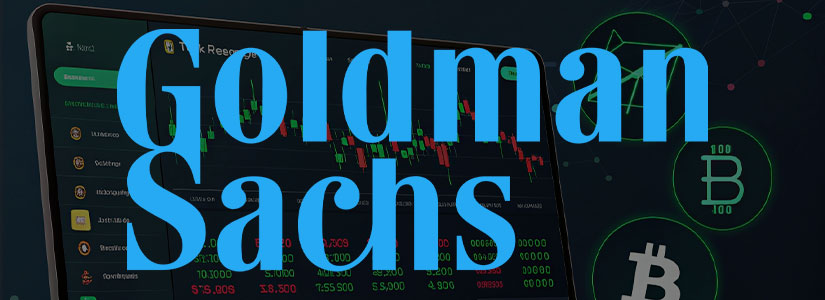
The financial giant’s renewed focus on digital assets marks a significant step beyond traditional banking. Instead of sticking to conventional financial instruments, Goldman Sachs is venturing into uncharted territory by tapping into the booming crypto space. The expansion aims to secure the necessary regulatory approvals to bring a host of digital asset services under one roof.
By embracing innovative trading technologies and platforms, the bank is positioning itself as a trusted intermediary between traditional finance and the dynamic world of cryptocurrencies.
Goldman Sachs’s initiative is fueled by an increasing appetite for digital investments among institutional clients. The bank’s strategic bet on crypto trading and tokenization comes at a time when digital assets, like Bitcoin and Ethereum, are redefining market dynamics.
Clients are no longer content with playing on the sidelines; they want active participation in digital asset transactions, ranging from trading to lending and beyond. This approach not only enhances the bank’s service portfolio but also bridges the gap between old-world finance and the new-age digital economy.
Pioneering Tokenization and Lending for the Future
A main part of the project is turning real-world assets into tokens. By doing this, Goldman Sachs is creating opportunities for better liquidity and easier access to financial products. This means investors could soon trade tokenized assets representing tangible goods, offering an innovative alternative to traditional market instruments.
Additionally, the push for crypto lending services indicates that Goldman Sachs is ready to diversify revenue streams and adapt to an increasingly decentralized asset management landscape.


